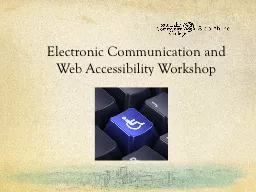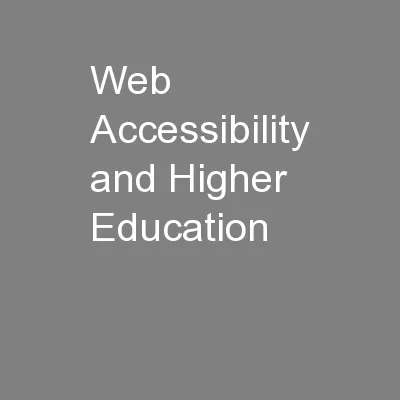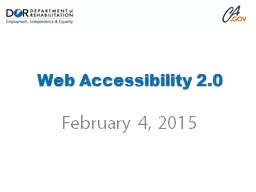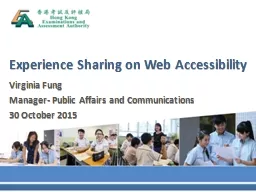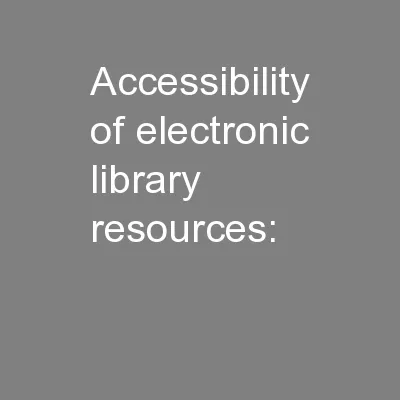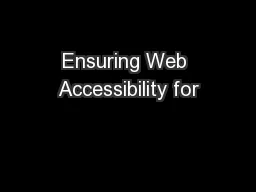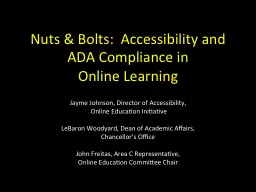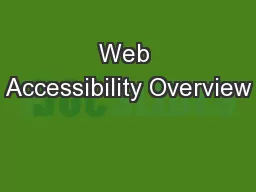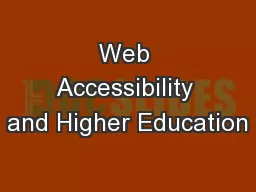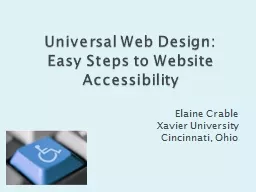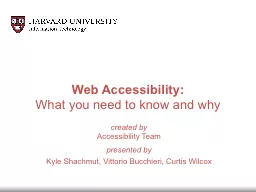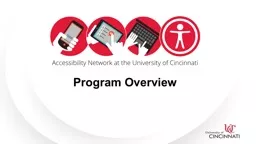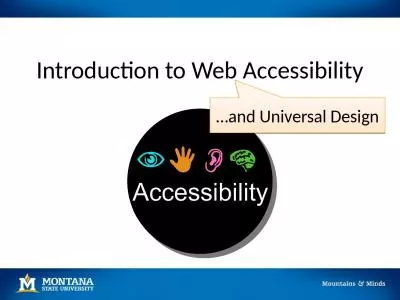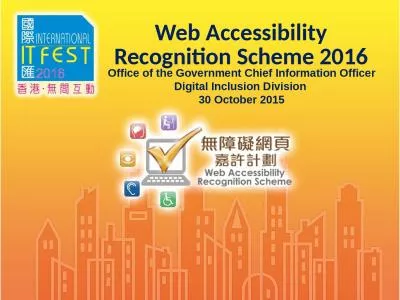PPT-Electronic Communication and Web Accessibility Workshop
Author : pressio | Published Date : 2020-06-16
Electronic Communication and Web Accessibility Workshop Svetlana OMeara Webmaster Connie Nomann Web Content Manager Telina Daniels Coordinator DRC Clint Stoker
Presentation Embed Code
Download Presentation
Download Presentation The PPT/PDF document "Electronic Communication and Web Accessi..." is the property of its rightful owner. Permission is granted to download and print the materials on this website for personal, non-commercial use only, and to display it on your personal computer provided you do not modify the materials and that you retain all copyright notices contained in the materials. By downloading content from our website, you accept the terms of this agreement.
Electronic Communication and Web Accessibility Workshop: Transcript
Download Rules Of Document
"Electronic Communication and Web Accessibility Workshop"The content belongs to its owner. You may download and print it for personal use, without modification, and keep all copyright notices. By downloading, you agree to these terms.
Related Documents

